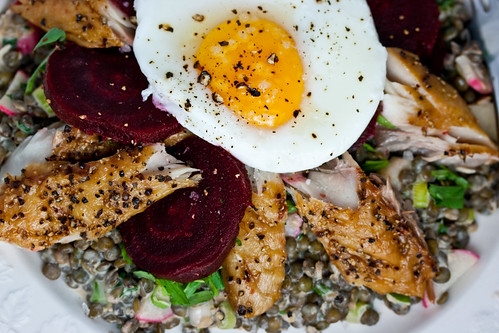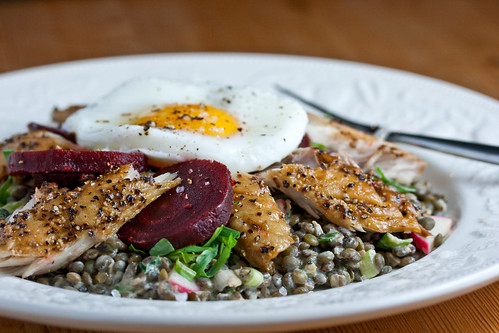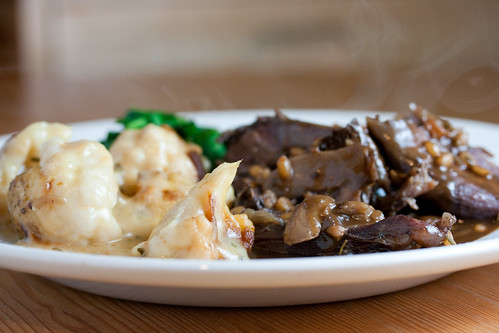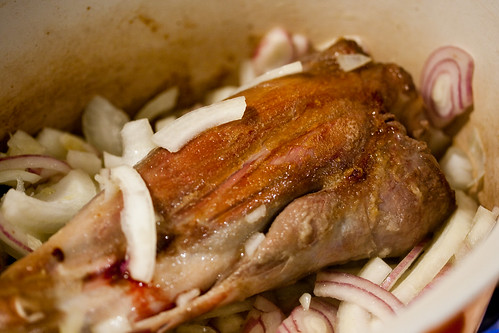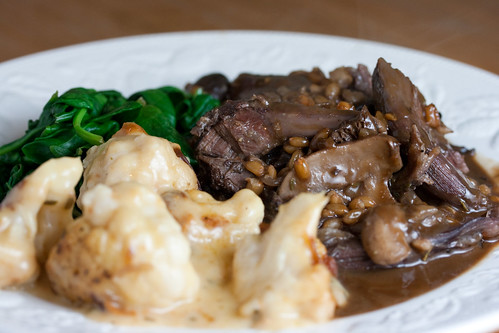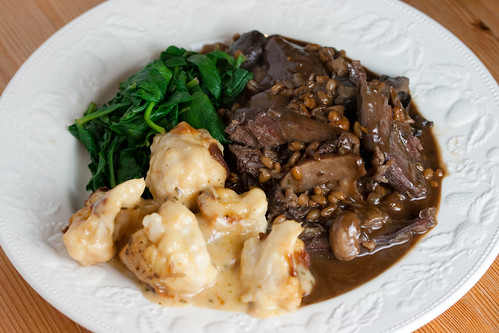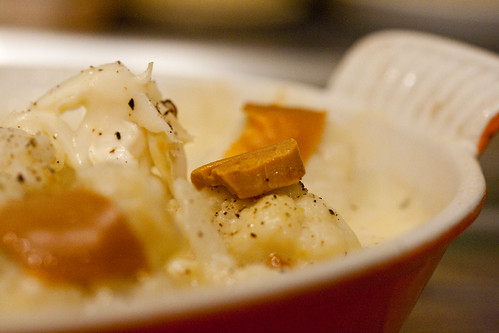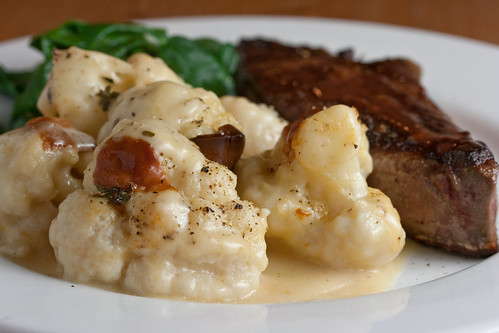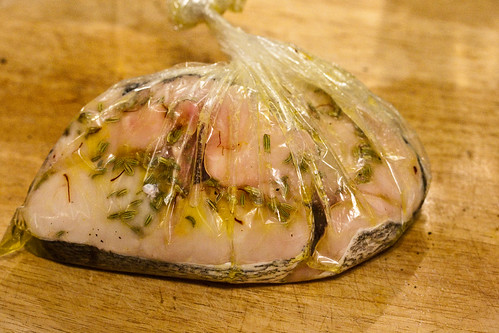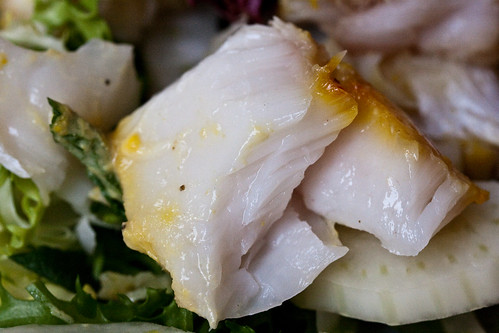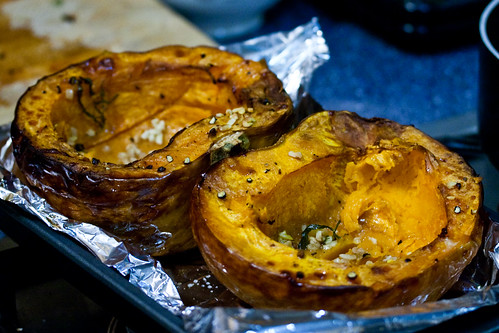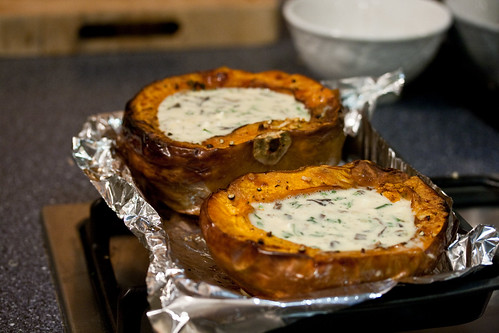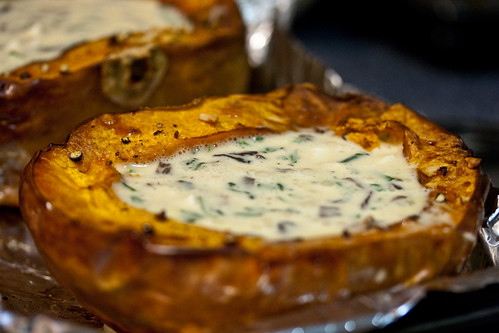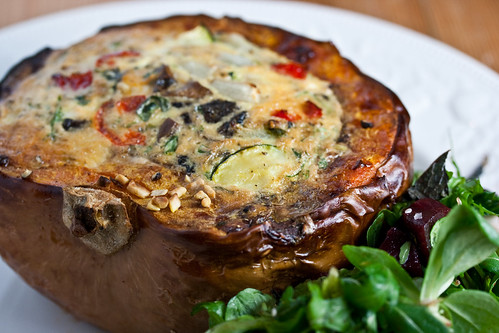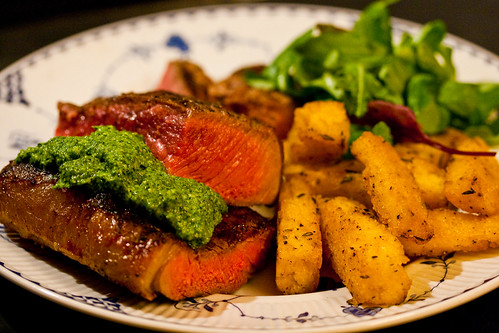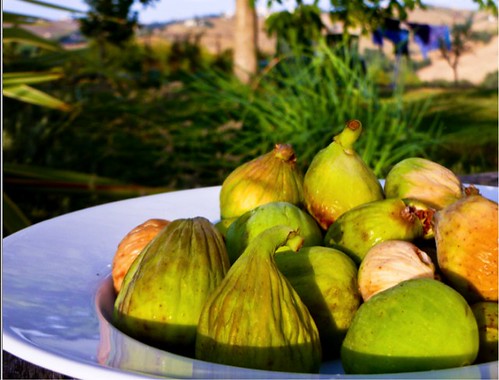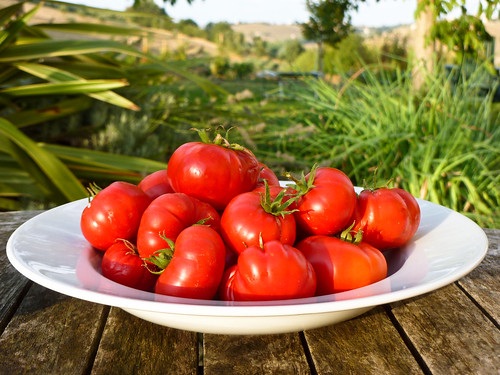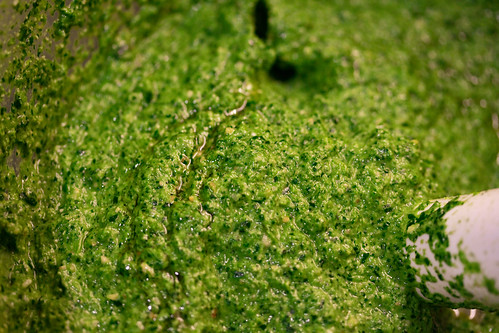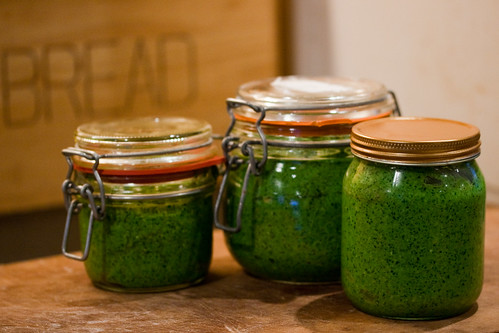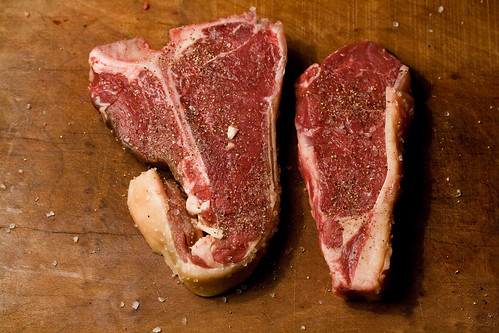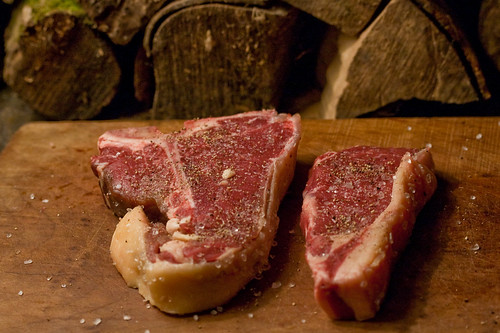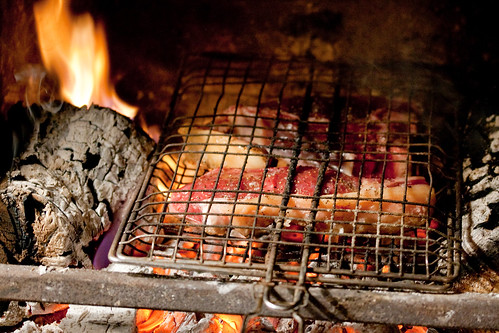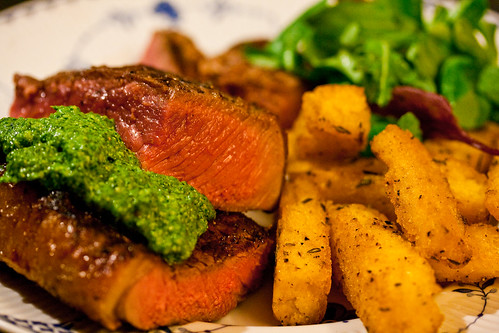Walking into the Italian deli near my office in King’s Cross
is to be transported to the scene in Goodfellas where they are cooking in
prison. The store is run by an Italian version of the most charming version of
Arkwright from Open All Hours, who has never failed to be a gracious an
inspiring host. He will make you enormous sandwiches cut from whole loaves of
ciabatta laced with freshly sliced cured meats and cheeses, moistened with a
healthy slick of olive oil; or more conventionally he’ll send you packing with
genuinely Italian ingredients and delicacies that will stink your office out
for the afternoon, before transporting your family to an Italian holiday when
you get home from work.
Inspired by a colleague who had come back with a truffled
pecorino, I popped in for some KC Continental magia. My head was almost blown off by the smell of truffle as I
walked in. But alas the cheese had sold out. But true to form Arkwrightioni
sent me packing with some amazing truffled sausages from Tuscany. These puppies
positively wreaked of truffle and almost had all the dogs in our office howling
like deranged wolves. There’s something deeply primeval about truffles and I
couldn’t wait to cook them.
I thought about making an Italian version of toad in the
hole with loads of rosemary and a healthy dose of mushrooms, but decided that
would be more suitable in autumn. I also dismissed a truffle sausage and bean
stew for similar reasons. And sausage and lentil casserole suffered a similar
fate. Instead, I opted to combine my amazing truffled sausages with a slick of
polenta, a smear of gremolata and some braised fennel.
Ingredients
6 truffled Tuscan sausages from KC Continental Stores
3 bulbs of fennel
2 large onions
300g of frozen peas
2 glasses of white wine
400ml of chicken stock
200g polenta
50g grated parmesan
3 garlic cloves
100g butter
1 pack of parsley
4 sprig of thyme
Method
Make the gremolata by very finely chopping the parsley. Then
douse in olive oil and squeeze in a lemon’s juice and add some of it’s finely grated
zest. Season aggressively.
Brown the sausages in a casserole dish and set aside.
Then brown the onions and fennel until golden. Then add the
garlic. Then add the wine and let the alcohol bubble off.
Then add the sausages and 100ml of chicken stock. Add the
thyme. Allow to simmer until the sausages are cooked through.
Meanwhile make the polenta according the packet instrucions.
I used chicken stock rather than water which worked well. And then beat in lots
of parmesan and butter.
Add the peas to the casserole. Let them cook through. Season
everything.
Then serve with a good dollop of mushroom. And a glass of
very cold white wine. We probably should have had a Tuscan white… but instead
we had a dry German Riesling which worked very well indeed.




